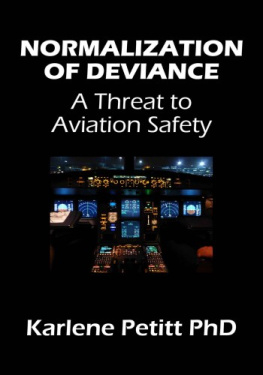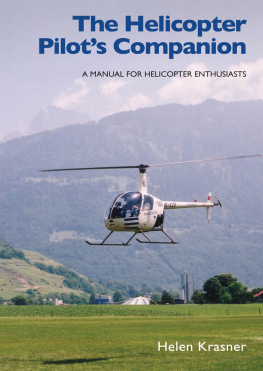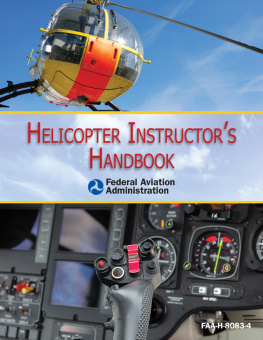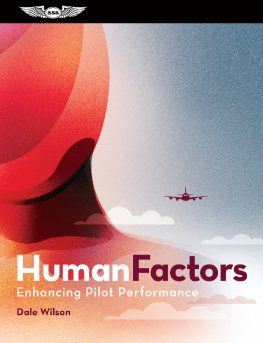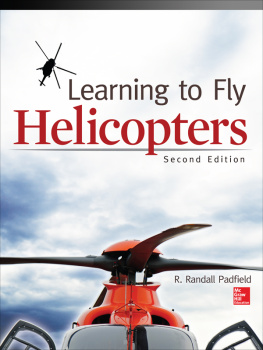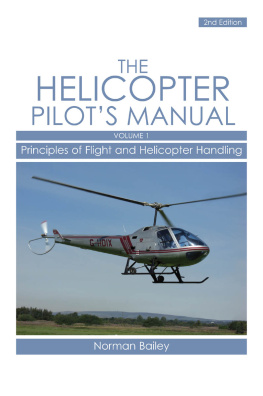LIFE INSIDE THE DEAD MANS CURVE

LIFE INSIDE
THE DEAD MANS CURVE
The Chronicles of a Public-Safety Helicopter Pilot

KEVIN M C DONALD

NEW YORK
LONDONNASHVILLEMELBOURNEVANCOUVER
LIFE INSIDE THE DEAD MANS CURVE
The Chronicles of a Public-Safety Helicopter Pilot
2018, 2015 L&J Publications
All rights reserved. No portion of this book may be reproduced, stored in a retrieval system, or transmitted in any form or by any meanselectronic, mechanical, photocopy, recording, scanning, or otherexcept for brief quotations in critical reviews or articles, without the prior written permission of the publisher.
Published in New York, New York, by Morgan James Publishing. Morgan James is a trademark of Morgan James, LLC. www.MorganJamesPublishing.com
The Morgan James Speakers Group can bring authors to your live event. For more information or to book an event visit The Morgan James Speakers Group at www.TheMorganJamesSpeakersGroup.com.
ISBN 9781683505211 paperback
ISBN 9781683505228 eBook
Library of Congress Control Number: 2017905180
Cover Photo courtesy of Mark Mennie

In an effort to support local communities, raise awareness and funds, Morgan James Publishing donates a percentage of all book sales for the life of each book to Habitat for Humanity Peninsula and Greater Williamsburg.
Get involved today! Visit
www.MorganJamesBuilds.com
To the former and current flight crews, mechanics, and administrative personnel of Travis County STAR Flight in Austin, Texas. You were the inspiration behind the narrative.

FOREWORD
BY CAPTAIN GEORGE GALDORISI , USN ( RET .)
This is a book about flyingnot just any flyingbut the kind of seat-of-the-pants flying that harkens back to the days when the airplane was a novelty, and barnstorming pilots entertained millions across the country. It is the kind of flying where the pilot is truly one with the machine, and the best pilot isnt the one who must think a lot about what hes doing with the controls. Instead, the machine simply responds to his subconscious.
Its also a book about a specific type of aircrafthelicoptersunquestionably the most unique flying machines to evolve since the Wright Brothers rose precariously above the dunes at Kitty Hawk. Because it is a book about helicopters, it is also a book about helicopter pilots , who are a unique breed, categorically set apart from their fixed-wing brethren. How unique?
Here is what the iconic newscaster, Harry Reasoner, had to say about helicopters and their pilots back in 1971:
The thing is, helicopters are different from planes. An airplane by its nature wants to fly, and if not interfered with too strongly by unusual events or by a deliberately incompetent pilot, it will fly. A helicopter does not want to fly. It is maintained in the air by a variety of forces and controls working in opposition to each other, and if there is any disturbance in this delicate balance, the helicopter stops flying immediately and disastrously. There is no such thing as a gliding helicopter. This is why being a helicopter pilot is so different from being an airplane pilot and why, in general, airplane pilots are open, clear-eyed, buoyant extroverts, and helicopter pilots are brooders, introspective anticipators of trouble. They know that if something bad has not happened, it is about to.
Fair enough. But this book, Life Inside the Dead Mans Curve , is not exactly the lament of a disillusioned pessimist. It is a true story of hard-earned fulfillment, written by a helicopter pilot who falls closer to the fixed-wing end of Harry Reasoners spectrum, a point on the scale that lies somewhere between the optimist and the realist. That said, this book is about what is arguably the most challenging kind of flying on the planethelicopters engaged in lifesaving missionsand it documents both the triumphs and the heartbreaking tragedies that are inevitably part of the landscape when youre flying an EMS helicopter. EMS is short for Emergency Medical Service, and most of us are at least vaguely familiar with EMS helicopters. They are the lifesaving aircraft that arrive at the scene of a horrific car crash, or show up when a person in a remote area suffers a heart attack, or are dispatched when a climber falls in an otherwise inaccessible area.
In a way that is not entirely different from military aviators, EMS pilots are called upon daily to be the difference between life and death; and there have been many books written about military aviation, the line of work in which I was engaged for thirty years. For two of those years, in the late 1980s, I commanded the Battle Cats of HSL-43, a Navy helicopter squadron based at NAS North Island, in San Diego. A young Kevin McDonald, the author, was one of my pilots back then. Kevin excelled as a naval aviator and subsequently found his calling as an EMS pilot in Travis County, Texas. This story is not only about his journeyits a never-before-revealed look into the confidential world of EMS flying.
The title of this book, Life Inside the Dead Mans Curve , reveals a great deal. Military flying, even in combat, is governed by long lists of rules and regulations. Safety is paramount, and because of this, the list of donts for military pilots is ponderously long. For helicopters specifically, there are combinations of altitudes and airspeeds that you must avoid as a military pilot. If a fledgling military helicopter pilot cant (or wont) avoid these dangerous combinations and routinely flies on the wrong side of the dead mans curve, his career can be terminated abruptly and even violently. But EMS pilots, by the nature of their mission, spend a huge amount of time inside the dead mans curve. This means that to rescue an injured person, retrieve an accident victim, or pluck a stranded hiker from an impossible situation, they must purposely fly on the wrong side of the dead mans curve, at an altitude and airspeed that affords them no chance of recovery if an engine hiccups, a gust of wind hits them the wrong way, or any one of a dozen untoward events happens.
With Life Inside the Dead Mans Curve , Kevin McDonald takes us deep inside this world in a brisk narrative that is both uplifting and frightening. The reader will fly along on EMS missions and learn what its like to live inside that dead mans curve. The stories will leave you breathless, and you will also deep-dive into the human psyche of the unique professionals who hear the EMS calling. Read this book, and the next time you see an accident or hear a siren, youll get a knot in your stomach, knowing that the victims bestand often onlychance is that someone shaking the sticks of an EMS helicopter is not far away.
Life Inside the Dead Mans Curve puts you inside the cockpit of an Emergency Medical Service helicopter on life-or-death missions. It is difficult to sum this book up in a few paragraphs, but in writing this Foreword, I was constantly reminded of a quote by World War II Admiral William Bull Halsey, who famously said, There are no extraordinary men.... just extraordinary circumstances that ordinary men are forced to deal with.




